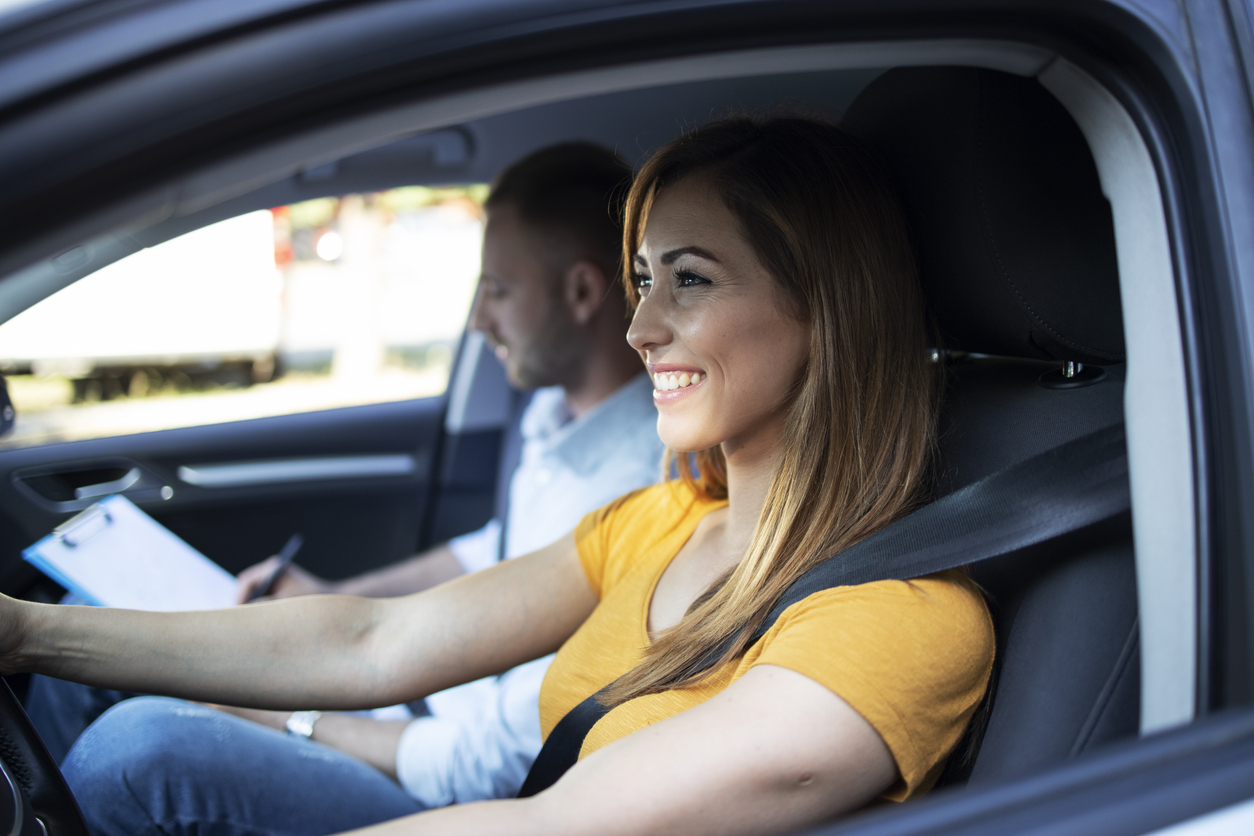A look at the three most popular systems
Technological progress has the inevitable effect of bringing changes and improvements to how vehicles are driven. And whereas we still drive with a steering wheel and pedals, pretty much everything else has changed!
Below are three popular systems and information on how they work and what benefits they can bring.
- All-wheel drive system . Previously the sole purview of commercial vehicles, this option is now available on a much wider range of vehicles, from smaller cars to mini-vans as well as SUVs and electric vehicles.
With an all-wheel drive system, power is sent to all four of a vehicle’s wheels, which makes it easier to accelerate on slippery surfaces and to make quick work of a gnarly snowbank!
However, while the all-wheel drive option does provide a sense of added safety in the winter, it is important to remember that even though it helps a vehicle speed up, adapting one’s driving is still essential. Braking distances and the risk of losing control are still the same as with any other type of vehicle. - Snow mode . Some models include a “snow” mode for winter driving. This type of system modifies the vehicle’s settings to provide a more fluid experience on slippery surfaces. For example, the accelerator is less responsive (i.e., you will need to press harder on the pedal to obtain the same acceleration), which helps prevent skidding.
But of course, this system is not miraculous. Common sense and safe driving habits are still “de rigueur”, but the snow mode can help a vehicle compensate for certain maneuvers, such as taking off too fast.
- Adaptive cruise control. While the first two systems we showcased are more useful in winter, this last one can be helpful all year-round.
There are countless advantages to driving in cruise control mode, including a reduction in driver fatigue and greater fuel savings. Only problem, you must turn off a regular cruise control mechanism as soon as there is the slightest amount of traffic (the system will not automatically detect other vehicles, nor slow down if necessary).An adaptive cruise control option, however, incorporates a radar/sensor that allows it to detect distances and slow down the vehicle to remain at a safe distance from other drivers. Some systems are even sophisticated to the point of stopping the vehicle completely when necessary, then slowly following the flow of traffic (e.g., in a traffic jam).
What driving assistance system do you find the most helpful?


